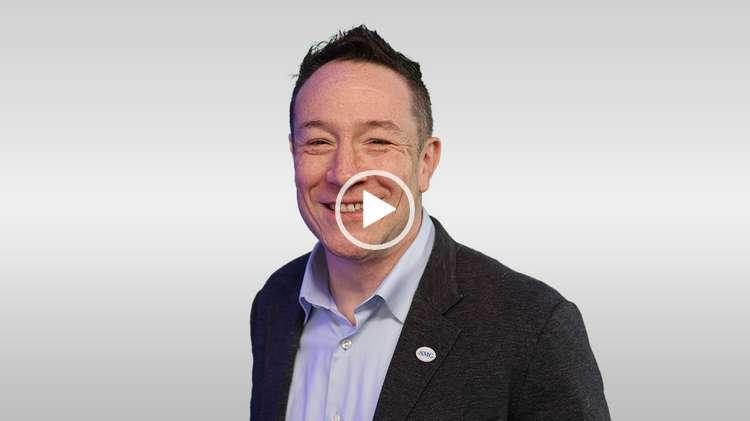Containment, Eradication, and Compliance – What SMBs Need to Know

This article is part of our Post-Breach Playbook Series, where we explore practical guidance for small and mid-sized businesses navigating cybersecurity incidents. In earlier posts, we covered the critical first steps to take immediately after a breach, how to establish internal and external leadership roles, and the most common mistakes organizations make under pressure. In this installment, we shift focus to the next stage: how to contain and eradicate the attack, while also staying compliant with increasingly strict breach notification rules.
Once a breach is discovered, many organizations want answers immediately. But Sean Mack, of ISMG’s CXO Advisor cautions that the first step isn’t investigation—it’s containment. Before you can ask how attackers got in, you must stop them from doing more damage.
Contain Before You Investigate
“First of all, stop the bleeding. Don’t worry about the investigation until you contain the breach,” Mack stresses.
Containment starts with isolating compromised systems and monitoring for indicators of compromise—unfamiliar user accounts, unusual logins, or system changes that weren’t planned. The goal is to confirm whether attackers have been fully eradicated or are still lurking. Mack stresses that attackers work hard to hide their activity, so external expertise is often essential. Fractional CISOs and incident response teams can conduct log analysis and uncover activity that internal staff may miss.
Compliance Is Critical
But technical containment is only half the battle. Businesses must also navigate compliance obligations. Regulations vary, but many states mandate notification within 72 hours of a breach. Healthcare and financial organizations have even stricter requirements under HIPAA, PCI DSS, and other frameworks. Companies may be required to notify not only customers, but also regulators, insurers, and partners.
“Failure to notify appropriately can result in fines, lawsuits, and significant reputational damage,” Mack warns.
The Role of Legal Counsel
That’s why legal counsel should review all public statements and guide the notification process. Every disclosure must be accurate, timely, and compliant. Legal teams also help balance transparency with protecting the organization’s liability.
Building Discipline Around Containment
Containment and compliance may not be glamorous, but they’re essential. Small businesses often underestimate the complexity of these steps, but doing them right can mean the difference between a contained incident and a drawn-out crisis. Mack’s message is clear: contain first, investigate second, and let legal counsel steer compliance. That disciplined approach reduces risk and sets the stage for effective recovery.
Watch the full interview with Sean Mack below:
Post-Breach Essentials for Small Businesses
ISMG CXO Advisory Practice’s Sean Mack on Immediate Actions and Long-Term Recovery
